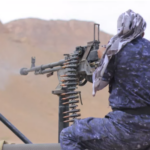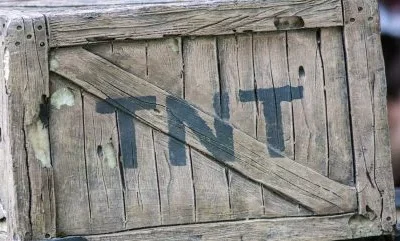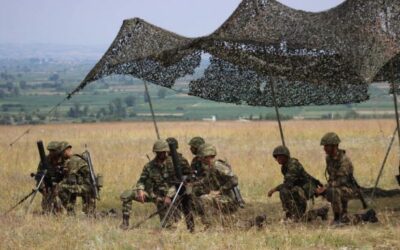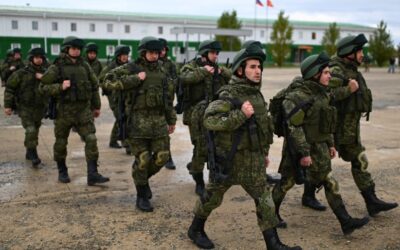MBDA and its subsidiary Matra Electronique (MEL), which specialises in manufacturing high-precision electronic equipment, jointly…
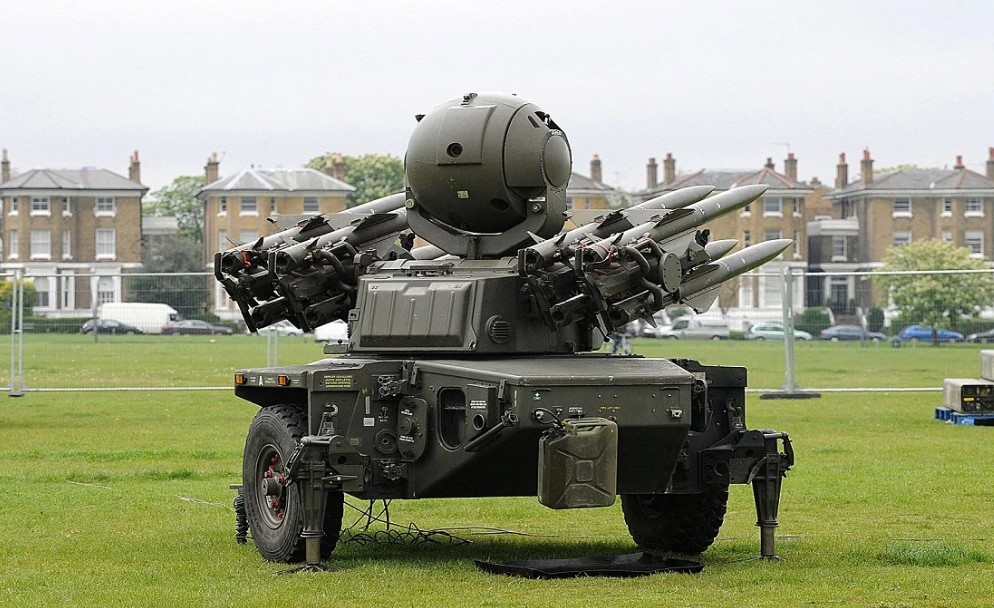
Switzerland could have transferred Rapier ground-to-air missile systems to their original manufacturer, the United Kingdom, and from there to be given to Ukraine, but instead, “true” to its neutrality, chose to withdraw them, causing the strong reaction of its European allies.
Specifically, in the near future, Switzerland will withdraw 60 Rapier ground-to-air systems, an anti-aircraft missile system originally developed by the British Aircraft Corporation (later MBDA UK) in the 1960s for the British Army and Royal Air Force (RAF).
The Rapier entered service in 1971 and was first used on the battlefield during the Falklands War.
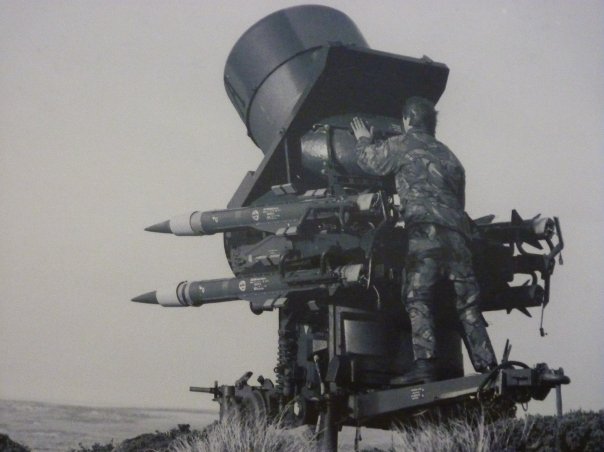
Switzerland acquired 60 Rapier systems in 1980, which were upgraded several times before being decommissioned and declared unfit for service late last year.
A first batch of Rapiers has already been dismantled and three more will follow, confirmed Kaj-Gunnar Sievert, a spokesman for Armasuisse, the Federal Office of Armaments of the Ministry of Defence in Bern.
These missiles are certainly old, but they are not completely obsolete, said Peter Schneider, former director of the Swiss Military Review, recalling that the British protected the 2012 London Olympics with Rapier missiles.
Therefore, they could very well be used even today against low-flying targets such as drones and helicopters, and even fighter jets in the Ukrainian theater of operations giving the Ukrainians yet another armament solution.

Rapier systems are capable of engaging low-altitude and highly maneuverable supersonic targets and can be towed behind medium-sized vehicles and armored personnel carriers. In fact, the missiles of the system in question are also airborne from aircraft or helicopters.
JERNAS, the export name for the Rapier FSC (Field Standard C) air defence system, was further developed by MBDA UK and is based on the Rapier Mk2 missile and launcher, which is in service with the British Army and RAF, the Blindfire target acquisition radar and the Dagger surveillance radar.
The launcher has eight ready-to-fire missiles mounted on launch rails on the sides of a rotatable turret. A full reload of the system is done manually in 2 minutes and no lifting aids are required.
Its technical characteristics include:
- Warhead: fragmentation high explosive with built-in multi-function laser proximity fuze
- Propulsion system: two-stage solid propellant engine
- Guidance system: infrared and radar in line of sight
- Maximum range: > 15 km with maximum altitudes of 5 km
- Endurance: 32 km
- IFF system (Identification Friend or Foe)
- Capability to detect more than 75 threats per second via passive sensor
- Self-defence system against anti-radar missiles
- Dual shot capability with a maximum projectile speed of Mach 2.5
Also read: Croatia | Acquisition of Mistral 3 air defence missile systems from MBDA
Various versions of the Rapier missile system are in service with nine countries. Oman, Malaysia, Singapore, Switzerland, and Turkey have upgraded these systems (Mk2), while the Australian Army withdrew its Rapier systems from service in November 2005.
As already mentioned, the system in question is also part of the arsenal of the Turkish Armed Forces, but it is being decommissioned and will be replaced by the domestically manufactured Hisar-A.
Also read: Aselsan | Modernized Oerlikon 35mm air defence gun to the Turkish Army – VIDEO
READ MORE
US Army | Inks $435 million deal for new TNT production facility
As part of its quest to boost weapons production, the US Army is reestablishing TNT production on US soil, inking a deal to build out a…
Ticonderoga | The US Navy is extending the operational life of three cruisers
The US Navy has announced that it is extending the operational life of three Ticonderoga-class cruisers. The decision will…
NATO | Emergency Cyber Security Conference in London
With the risk of multiple hybrid attacks on critical sectors for Britain’s infrastructure, as well as on large businesses by Russian hackers…
Russia | Recruiting hundreds of Yemeni Houthis in war against Ukraine
Russia is recruiting hundreds of Yemeni Houthis for the war against Ukraine. The men were brought to Russia through a…
Sweden | Funding for the production of Ukrainian long-range drones
Sweden has agreed to finance the production of Ukrainian long-range unmanned aerial vehicles, Ukraine’s Defence Ministry announced…
HCDI | Elite recruits in innovation roles in the Hellenic Armed Forces
A new program for the utilisation of scientifically qualified Greek citizens who are called to fulfil their military service is being…
Russia | Debt cancellation for recruits who agree to fight in Ukraine
Russian President Vladimir Putin has signed a bill that will erase the debts of recruits joining the army to fight in Ukraine, according…
PwC Cyprus, Multimarine, SignalGeneriX, and Theophrastus Join Forces for the EDA’s Symbiosis Project
A leading Consortium comprising PwC Cyprus, Multimarine Services Ltd, SignalGeneriX Ltd, and Theophrastus Research Institute, has been…









